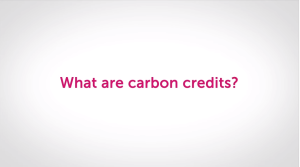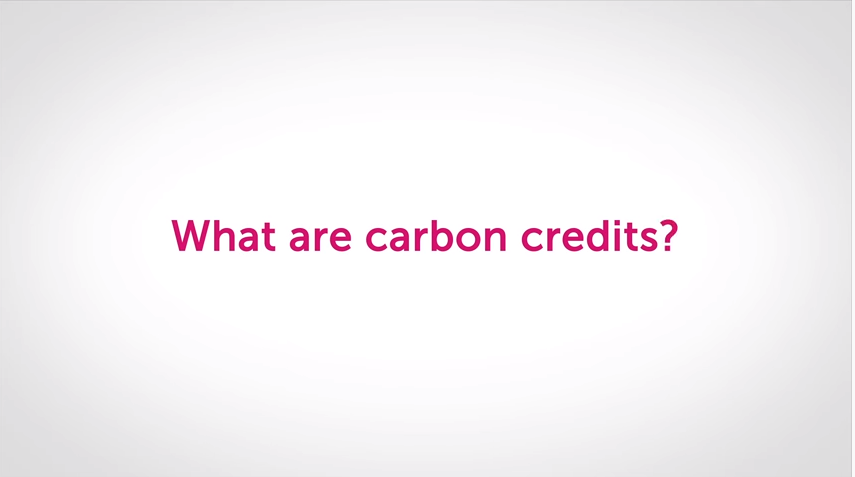Did you know, the world emits about 50 billion tons of CO2 a year, representing total carbon emissions from all human activities, including agriculture and land use.
A carbon offset refers to a reduction in GHG emissions OR an increase in carbon storage (such as planting trees) that is used to compensate for emissions that occur elsewhere. A carbon offset is a credit that a person/organisation can buy to decrease their carbon footprint. When the number of carbon offset credits obtained is equal to a person/organisation’s carbon footprint, they then become carbon-neutral.
Many of the carbon offsetting projects also provide wider benefits in addition to carbon reduction, such as biodiversity, education, jobs, food security and health & wellbeing in developing countries.
So, how are carbon offsets generated?
Emission reduction projects reduce the amount of greenhouse gases in the atmosphere in one of three ways:
1. By capturing and destroying GHG that would otherwise be emitted into the atmosphere. E.g. methane gas capture project at a landfill.
2. By producing energy using clean, renewable resource that eliminates the need to produce energy from fossil fuels which release GHG’s. E.g. Wind power
3. By capturing and storing (or ‘sequestering’) GHG’s to prevent their release into the atmosphere. E.g. a project that promotes the healthy growth & maintenance of forests.
Let us know what you think about carbon offsets below!

